Breaking into the North American market: What startups need to know about cybersecurity compliance (Sponsored)
Expanding into the North American market presents exciting opportunities for startups across all industries. However, for security leaders accustomed to the European regulatory landscape—where the General Data Protection Regulation (GDPR) sets a clear and comprehensive standard—navigating the patchwork of cybersecurity compliance standards in North America can be challenging. Cybersecurity compliance in North America is often […] The post Breaking into the North American market: What startups need to know about cybersecurity compliance (Sponsored) appeared first on EU-Startups.

Expanding into the North American market presents exciting opportunities for startups across all industries. However, for security leaders accustomed to the European regulatory landscape—where the General Data Protection Regulation (GDPR) sets a clear and comprehensive standard—navigating the patchwork of cybersecurity compliance standards in North America can be challenging.
Cybersecurity compliance in North America is often less about legal mandates and more about demonstrating trustworthiness through recognised security standards like ISO 27001, ISO 27701, SOC 2, and HITRUST. This fragmented landscape requires a tailored strategy—one that aligns business objectives with the right security frameworks to build trust and reduce risk. Here’s where to begin.
Setting the foundation
ISO 27001 is a globally recognised information security management system (ISMS) standard that provides a structured framework for identifying and managing information security risks. With widespread adoption across Europe and other international markets, many organisations expanding into North America already have ISO 27001 certification.
ISO 27701 is another internationally accepted compliance standard that serves as an extension of ISO 27001 for organisations that process personally identifiable information (PII). It focuses on data privacy and outlines requirements for establishing, implementing, maintaining, and continually improving a privacy information management system (PIMS).
As it is based on the same principles as the GDPR and integrates seamlessly with ISO 27001, ISO 27701 is a smart investment for organisations in the EU that want to grow their compliance programmes and expand internationally.
Another advantage of pursuing compliance with standards like ISO 27001 and ISO 27701 is their compatibility with other frameworks, including SOC 2—a must-have for cloud service providers (CSPs) looking to establish themselves in the North American market. While ISO 27001 certification remains valuable globally, a SOC 2 report is often expected as part of vendor security assessments in the US.
SOC 2 reports are issued following an independent audit conducted by a Certified Public Accountant (CPA) and assess an organisation’s security controls against five trust services criteria defined by the American Institute of CPAs (AICPA):
- Security: The system is protected against unauthorised access (both physical and logical).
- Availability: The system is available for operation and use as committed or agreed.
- Processing integrity: System processing is complete, valid, accurate, timely, and authorised to meet the entity’s objectives.
- Confidentiality: Information designated as confidential is protected as committed or agreed.
- Privacy: Personal information is collected, used, retained, disclosed, and disposed of to meet the entity’s objectives.
Many US companies prefer SOC 2 over ISO 27001 due to the depth of information it provides about an organisation’s security programme. The good news is that many of the controls required by ISO 27001 and ISO 27701 align with those evaluated in a SOC 2 examination. For startups looking to simplify their compliance journey, it’s possible to combine ISO 27001, ISO 27701, and SOC 2 assessments using a single, qualified audit firm. This not only streamlines the process but also reduces costs by eliminating duplication and redundancies.
Payment card security around the globe
For startups that store, process, or transmit payment card data, compliance with the international Payment Card Industry Data Security Standard (PCI DSS) is essential. Unlike ISO 27001, ISO 27701, and SOC 2—which are often pursued voluntarily to build trust—PCI DSS compliance is mandatory for organisations handling credit and debit card transactions.
Fortunately, because PCI DSS shares security best practices with ISO 27001, ISO 27701, and SOC 2, businesses can integrate these compliance efforts to create a comprehensive cybersecurity programme that satisfies multiple regulatory and industry expectations.
PCI DSS includes 12 core security requirements that organisations must implement to ensure the secure handling of payment information. These requirements focus on:
- Network security, including firewalls and encryption;
- Access controls, such as those related to user authentication and role-based access;
- Data protection, including tokenisation and encryption of cardholder data; and
- Monitoring and testing, which might include vulnerability scans and penetration testing.
Many European startups already adhere to PCI DSS as part of their operations, particularly those in the e-commerce, fintech, and SaaS industries. If your company is expanding into North America and processes payments, ensuring compliance with this standard is essential to meeting legal and contractual obligations.
HITRUST: It’s not just for healthcare
Another framework that has gained significant traction in North America is HITRUST. Originally developed for the healthcare industry, HITRUST is now widely recognised across multiple sectors and provides a comprehensive, scalable approach to risk management.
HITRUST’s validated assessments offer three different levels of assurance:
-
The HITRUST e1 Assessment focuses only on foundational cybersecurity controls and is often suitable for startups and organisations with lower levels of risk. More than 60% of organisations that pursued HITRUST certification for the first time in 2024 chose the e1.
-
The HITRUST i1 Assessment provides a moderate level of assurance for organisations with more robust, established information security programmes. The i1 includes a thorough review of 182 controls, but comes at a lower cost and with a quicker turnaround than the r2 Assessment.
-
The HITRUST r2 Assessment requires 200 or more controls and offers the highest level of assurance for organisations with larger and more complex environments. The r2 examines each control at a policy, procedural, and implementation level. For startups moving into highly regulated industries or seeking enterprise customers in North America, the r2 can offer the depth of assurance needed to win business and build long-term trust.
Choosing the right HITRUST assessment depends on your risk profile, industry expectations, and go-to-market strategy in North America. The framework’s built-in flexibility means organisations can select the assessment that aligns with their current stage of growth—and then scale up as their compliance needs mature. This is particularly valuable for startups preparing for more complex regulatory or customer-driven requirements.
Another reason HITRUST stands out is the speed at which it evolves. The HITRUST Common Security Framework (CSF) is updated more frequently than many other frameworks, helping organisations stay ahead of emerging threats.
HITRUST certification can also accelerate the path to compliance with other frameworks, such as SOC 2, PCI DSS, and FedRAMP. Since the HITRUST CSF was designed to align with AICPA’s trust services criteria, some firms can issue both HITRUST and SOC 2 reports through a single engagement. For growing startups, that means fewer audits, less duplication, and a unified approach to security assurance.
Compliance with US regulations
Companies entering highly regulated sectors may face additional compliance requirements when doing business with partners based in the United States. If your startup intends to sell into the US healthcare, government, or defence sectors, understanding these additional regulatory frameworks is crucial:
- HIPAA: Compliance with the Health Insurance Portability and Accountability Act (HIPAA) is required for any company handling protected health information (PHI) in the US healthcare system. Unlike ISO 27001 and HITRUST, HIPAA does not have a formal certification process, but companies must implement administrative, physical, and technical safeguards to protect PHI and electronic PHI (ePHI).
- FedRAMP: Compliance with FedRAMP is mandatory for CSPs providing services to US federal agencies. Achieving this compliance milestone requires a rigorous security assessment and ongoing security monitoring.
- CMMC: The Cybersecurity Maturity Model Certification (CMMC) is required for companies in the defence supply chain. Like FedRAMP, this framework sets different levels of cybersecurity maturity that defence contractors must meet depending on their level of risk.
Identifying which of these frameworks applies to your target customers will help you prioritise the right investments and avoid compliance surprises down the road.
Looking ahead: AI compliance
While North America currently lacks a comprehensive regulation on artificial intelligence (AI), the EU AI Act has set a global precedent for managing AI risks. Similar to GDPR, the AI Act is designed to apply to any company offering AI services in the EU, regardless of where they are headquartered.
Organisations preparing for AI compliance should also consider adopting ISO 42001, a first-of-its-kind standard for managing AI risks. Published in late 2023, ISO 42001 mandates controls for establishing, operating, monitoring, and continually improving an AI management system (AIMS).
Compliance with ISO 42001 ensures your organisation has processes in place to evaluate and govern AI technology in a secure, ethical, and transparent way. For startups incorporating AI into their products, aligning with ISO 42001 early can serve as both a risk management strategy and a competitive differentiator—especially as customers begin to demand more accountability in how AI systems are developed and used.
The bottom line
Whether you’re building AI tools, scaling a cloud-native platform, or powering digital health solutions, entering the North American market comes with new compliance demands—as well as enormous growth potential. Aligning your security programme with North American expectations early on helps reduce friction in sales cycles, builds trust with stakeholders, and positions your startup for long-term success.
Want to chat more about scaling securely across borders? Connect with Marc Gold, ISO Practice Leader at BARR Advisory, at the upcoming EU-Startups Summit in Valletta, Malta beginning 24 April 2025.
The post Breaking into the North American market: What startups need to know about cybersecurity compliance (Sponsored) appeared first on EU-Startups.






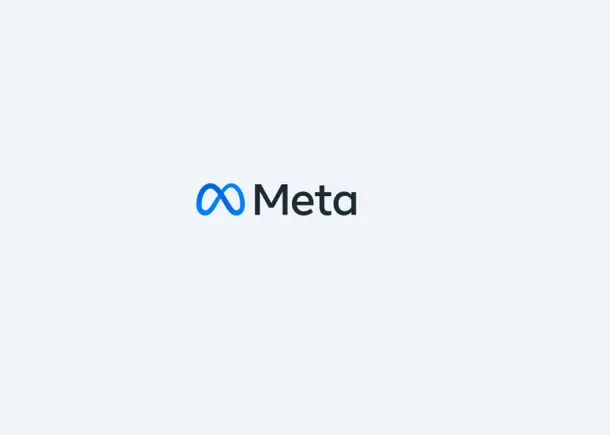
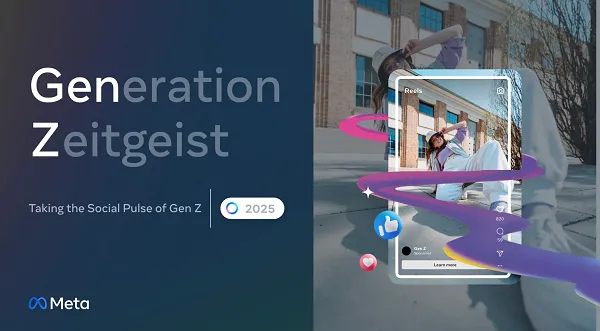





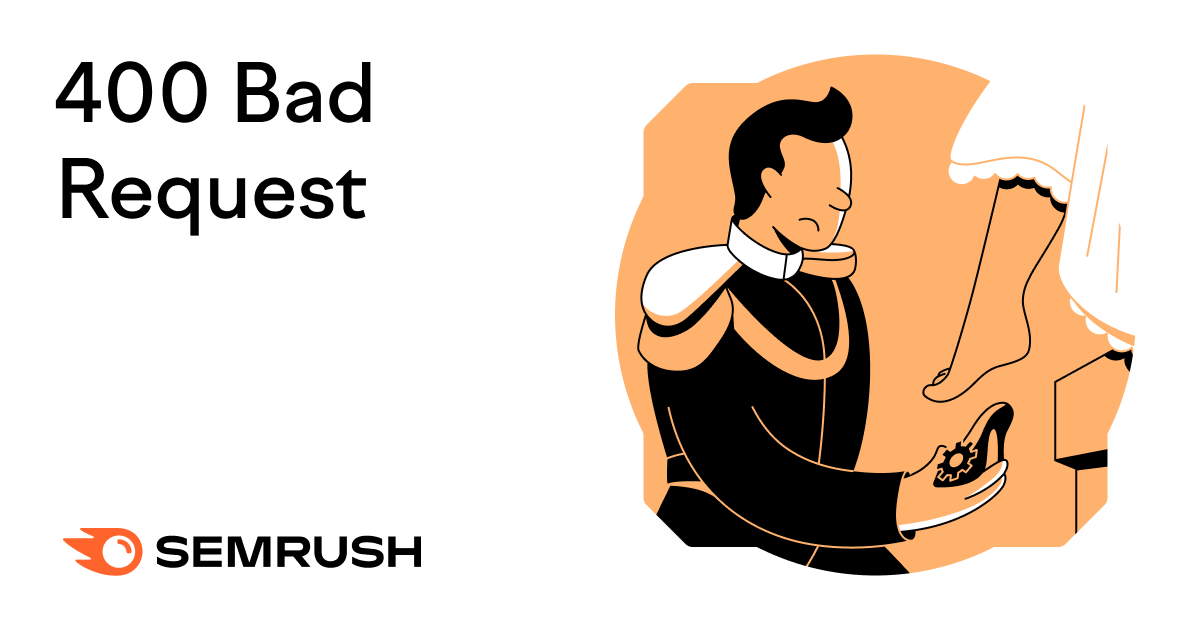











































































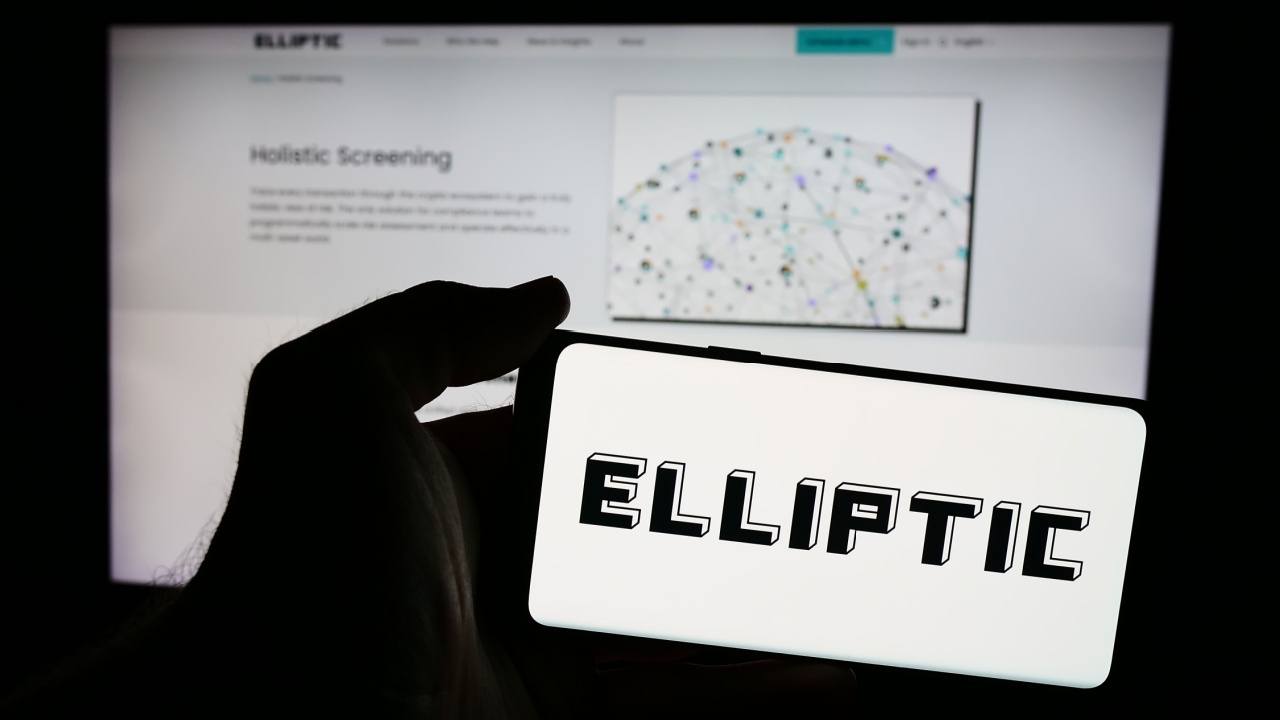


















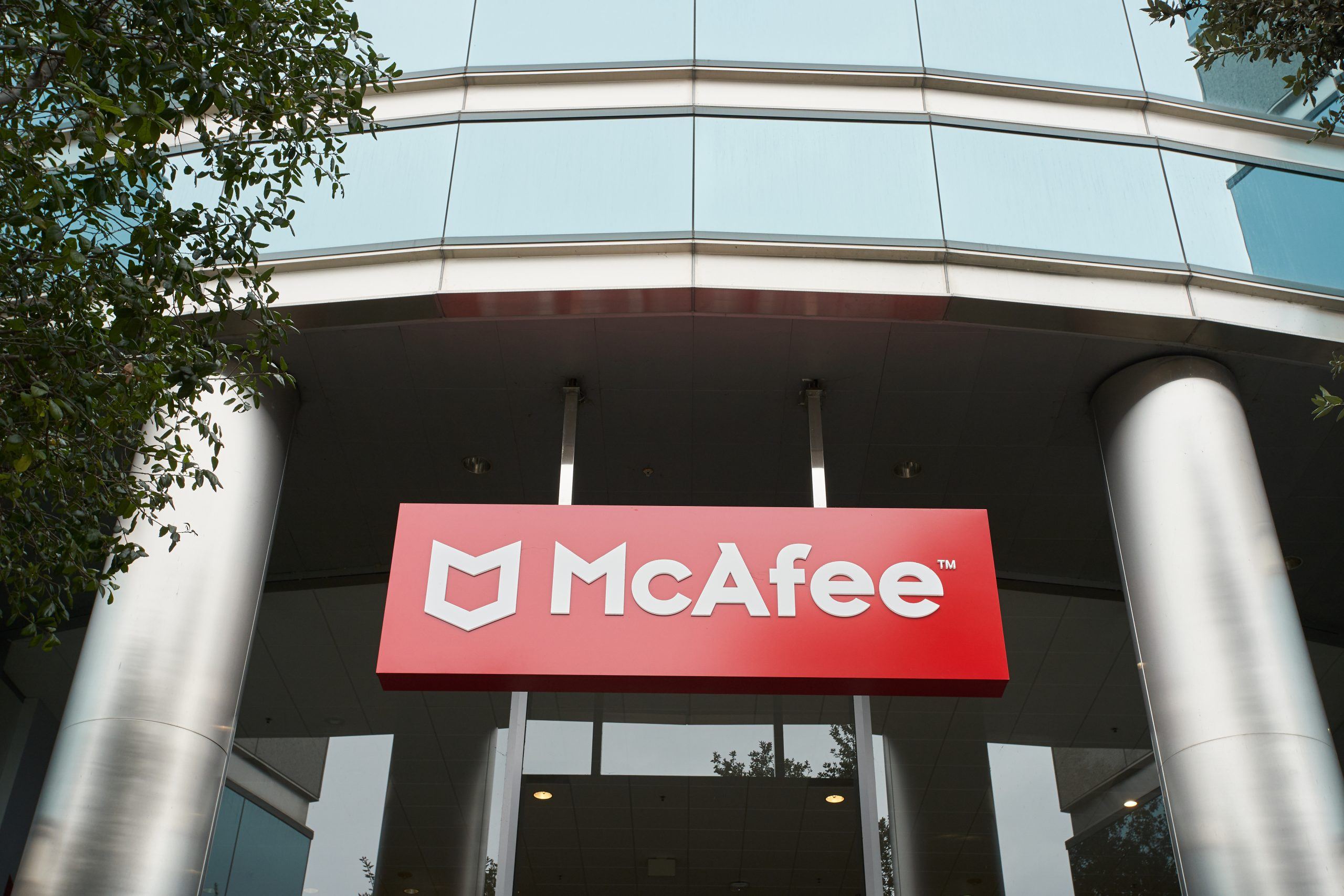

































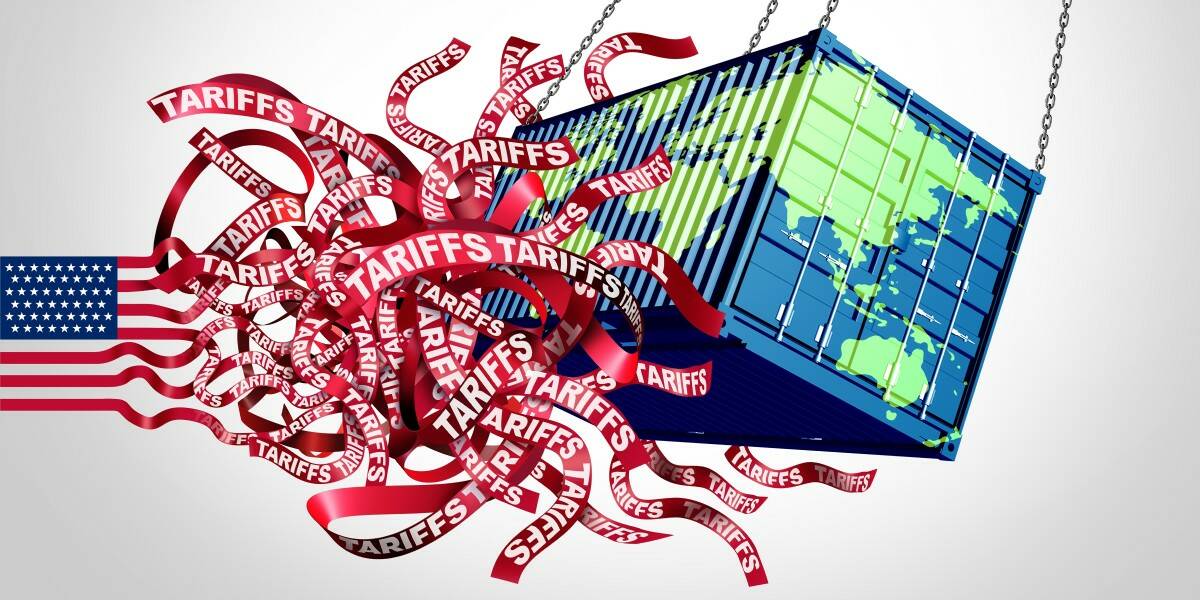















































![How to Find Low-Competition Keywords with Semrush [Super Easy]](https://static.semrush.com/blog/uploads/media/73/62/7362f16fb9e460b6d58ccc09b4a048b6/how-to-find-low-competition-keywords-sm.png)


